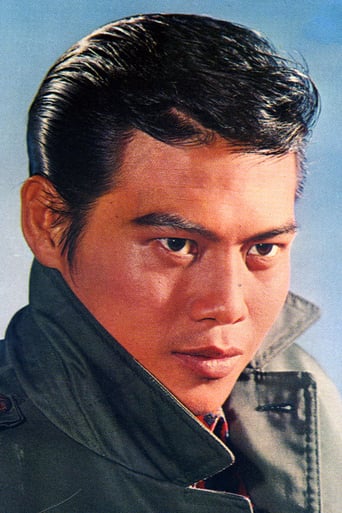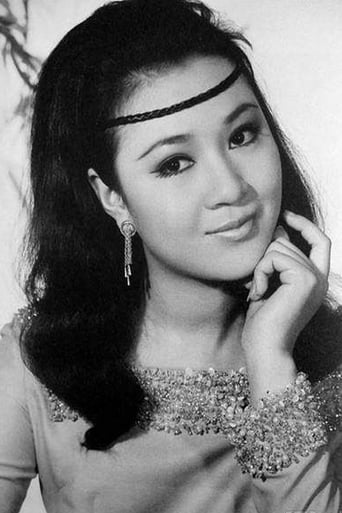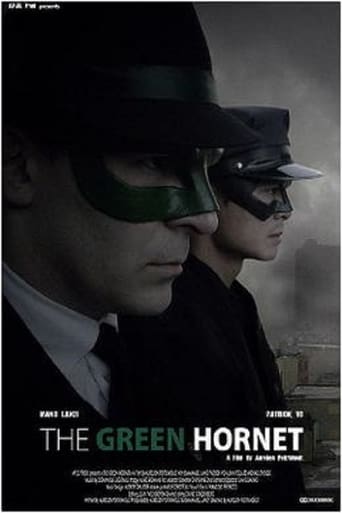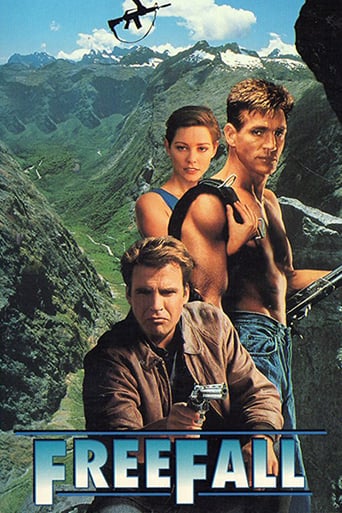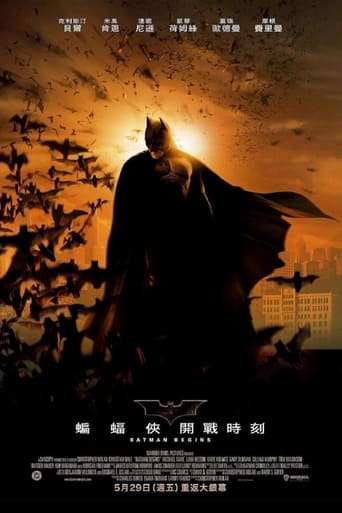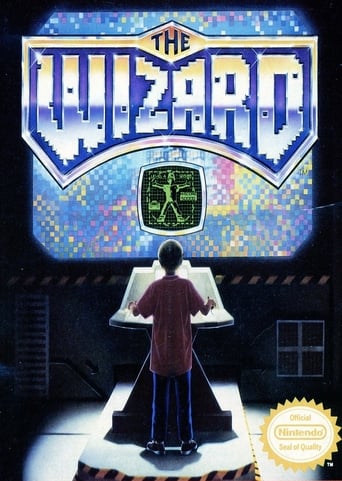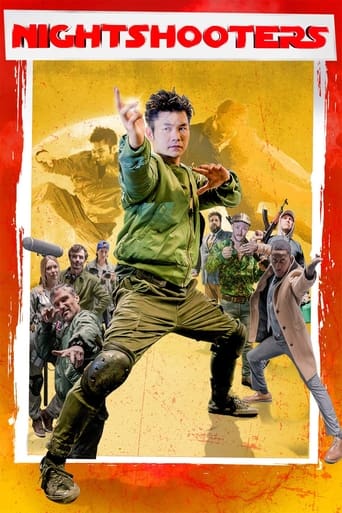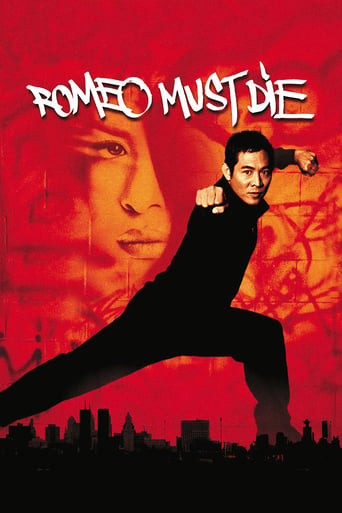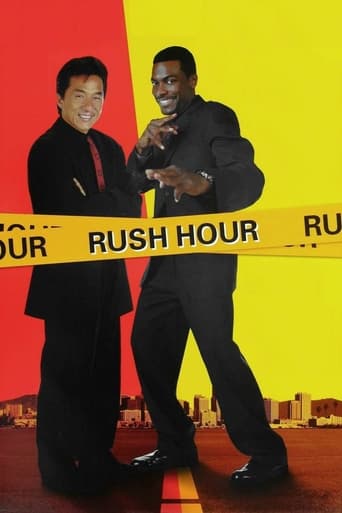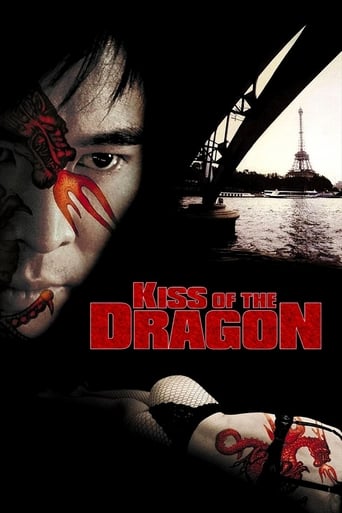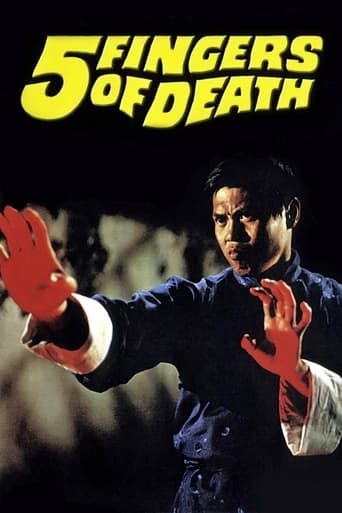
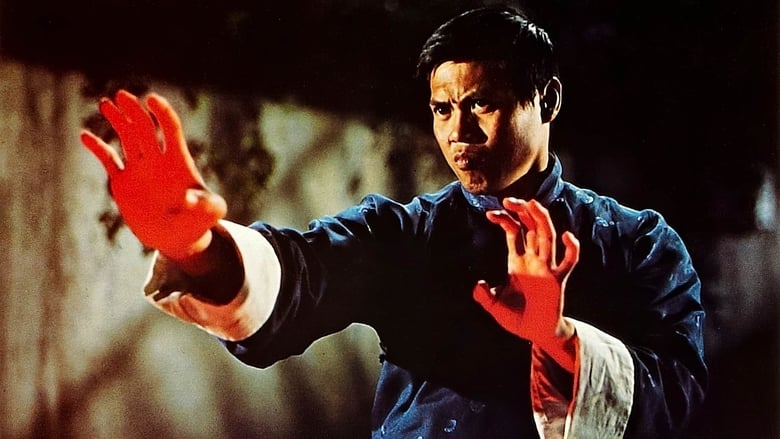
Five Fingers of Death (1973)
A young boxer joins a martial arts school to increase his skill so he can enter a martial arts competition. He leaves the school when he hears that a local gangster is terrorizing the town. He comes to the aid of a young singer and brings on the wrath of the local gang. He eventually enters the martial arts competition after learning iron palm technique and takes out all competition.
Watch Trailer
Cast


Similar titles
Reviews
I have been browsing through a few Shaw Brothers films from the 70's of late and decided it was time to watch the one that is credited with bringing these films to the American attention. King Boxer (as the version I saw was called) sees promising young student Chi-Hao sent away to train under a new master in order that he may be able to win a martial arts tournament and thus prevent the local thugs from getting the power and prestige that would come were they to win it. Within this very basic frame there are lots of characters coming and going and lots of complications. While I wanted to like this aspect for doing more than the norm, the truth was that the film gives too much time to too many characters and tries to do too much with them in terms of their actions and changes of heart within the main plot.The impact this has is to make the film longer and slower than it can bare, which is a real shame because when it has pace it moves well. It could easily have lost 1 or maybe 2 characters to make the plot a bit leaner and lose 20 minutes or more from the running time and it would have been a better film for it. It doesn't help that the performances often err on the side of being too earnest and come over a little stiff. I liked Lo Lieh as a presence but he was guilty of this. By contrast I liked the minor turn by Shen Chan as he was smirking in his villainy. The rest of the cast tend to be a bit too sluggish and earnest which is a shame but doesn't extend to the action. On this front the film has a lot to recommend and the action looks and moves well. I would have liked a bit more of an impacting final few fights but it was good stuff even if the longer running time tended to rob the film of energy between fights.Another good Shaw Brothers film then, but it runs too long and is given too heavy a tone and as a result the film feels a bit too sluggish for its own good.
This early Shaw Brothers outing (which features a plot that's very similar to the ones found in THE ONE-ARMED BOXER and THE Chinese BOXER) proved to be a hugely successful release for the studio and ended up sparking a trend that saw hundreds of imitations made over the next five years. As kung fu films go, the plot is strictly per functionary, as we watch an escalating feud between rival kung fu schools that can end in only one way – death for most of the cast. Still, these films are never about the plot and on a technical level this is top notch stuff – a strong cast with acting as well as fighting skills, great fight choreography and sumptuous filming that looks absolutely great on DVD.Lo Lieh, typically cast as the bad guy in these productions, is a breath of fresh air playing a hero for once. He plays the stock character – impetuous, fearless, hot-headed et all – but I found the screen alive whenever he was present. Tons of familiar faces, like Tien Feng and James Nam, make up the cast of bad guys.The plentiful fight sequences are quite wonderful and sometimes extraordinarily violent for the era, with one or two literally eye-popping interludes that have to be seen to be believed. Our hero ends up learning the 'iron palm' technique, signified by some hilarious siren-style music on the soundtrack that Tarantino lifted to memorable effect in KILL BILL, which leads to some strong showdowns against sinister Japanese fighters and huge numbers of unfortunate henchmen. Compared to the rest of the genre, KING BOXER is nothing new – but this trend-setting classic ushered in a new type of martial arts film and remains a hugely enjoyable outing to this day.
The martial arts movies got huge in the 60's in parts of Asia but with the growing popularity of the infamous Shaw Brothers films, America was bound to catch on. This movie was the first to be presented in America under the Warner Bros. label and it did in fact start a craze here that flooded the 70's with martial arts films. Many of the films to follow would pale in comparison but some were great and many like Enter The Dragon (which came out shortly after this one) became huge success stories and made superstars out of these fighters.Fast forward almost 40 years later and this movie still holds up. Most Shaw brothers films are as good today as they were back then and truth be told no films have been made in this genre to compete with those made by The Shaw Bros back in the day.I like to think Martial arts are like porn and nobody watches porn for the plot just the action, well same goes with M.A. films and most of them are just a bunch of great fights with little story, this one is an exception. It doesn't have an amazing story but there is one there.The main guy played by Lo Lieh actually stands out amongst karate film heroes. He never brags and he never fights just because he can, he is often seen as weak and less of a fighter than most, but when he must fight, he is damn well the greatest alive. I really loved this character. Many of the bad guys were memorable and the fight scenes were just presented so amazingly. Even a small role with Bolo Yeung can be seen as the huge Mongolian, and Bolo is in my top 5 as greatest martial artist film stars ever, he was also in the above mentioned Enter The Dragon.The production as I've said over and over is wonderful, you can't beat the Shaws, the direction was something unlike I have seen much in films of the 70's, the use of color was well placed and made this movie stand alone and rise above the others. When the light shines on Chi Hao's hands as he does the Iron Fist, its pure beauty.The music was superb as well. Martial arts films were to Asia what westerns were to Italy, two separate art forms with so much in common. The countries making these films had all genres but the Japanese films were what was making waves there as the spaghetti westerns were in Italy. With their many differences the styles of these two genres were neck and neck. As seen in movies like 5 Fingers Of Death, the fights were easily compared to Sergia Leoni cowboy stand offs, and the music tied the genres together so well. The music here borrowed a little from Ironside, but it was still very original.Many films were inspired by this one and when I watch it I can see everything from The Master Killer to Bloodsport having been influenced. The most obvious movie to have been influenced was Kill Bill, which to me is the greatest of all time. Many of the sets Quentin used are complete replicas of ones seen here and he used the music from this film, even though the music he used was the music borrowed from Ironside. And the fight scene at the end of Kill Bill vol. 1 with The Bride and O-Ren is at times exact in comparison to the fight with Chi Hao and the Japanese thug at the end of this movie.I have seen many martial arts films, a few even better, but this is a MUST-SEE for fans of the genre. You can't go wrong here. The movie starts off slow but 15-20 minutes into it it picks up and doesn't slow down.
Five fingers of death: Although previous Shaw Martial Arts epics had shown the influence of the American cowboy genre, none had paid such open tribute to it as this one, especially in the saloon fight scene. And though Shaw Bros. films had borrowed from the Japanese chambara (swordfight) genre before, none had done so with such success as this one. i suppose some of this had to do with the fact that the director originated from Korea, and thus brought a non-Chinese perspective to such borrowings, which certainly raises some interesting questions about culture; but in any event, this film presented real innovations in technology and technique in Hong Kong action films. for the first time in Hong Kong, the camera was given access to the whole of any given set, which meant shots from many different angles, such as the low-angle interior shot showing the ceiling of a room (the original American innovation of which usually credited to John Ford), or the high angle long shot that allowed visualization of a large ground area, or the frontal tracking shot.It is true that this was not the first hand-to-hand combat film of real cinematic substance - that remains Wang Yu's 'Chinese Boxer'; but on a commercial level, Shaw Bros. were right to choose 'Five Fingers' as their first major release to the West because, one might say, it was the 'least Chinese' of their action films, that is, the least dependent on purely Chinese theater traditions. Although this made no impression on the American critics at the time (who universally trashed the picture), it wasn't lost on American audiences, especially among African Americans, whose culture had always been - by necessity - an eclectic patchwork of borrowed elements and innovation. In 'Five Fingers' they were given the opportunity to discover the core of the story, in the earnest young man forced to make the extra effort to overcome social barriers and betrayal in order to have his merit recognized. This seems to be an issue universal to Modernity, but each culture has its own way of expressing and resolving it; 'Five Fingers' presented it in a way many Americans could relate to as well as Chinese.So is the film now only of historical value? Certainly not. For one thing this issue hasn't gone away. Secondly, some of the innovations leave much of the film looking as fresh today as it did on first release. Also the action is well-staged, and the performances, though a little too earnest, are crisp. The film is a might over-long, but the story does cover a lot of ground. And there are marvelous set-pieces through-out, such as the saloon confrontation, the fight on the road to the contest, the odd double finale.definitely looks better on a theater screen, but still impressive for home viewing: recommended.


